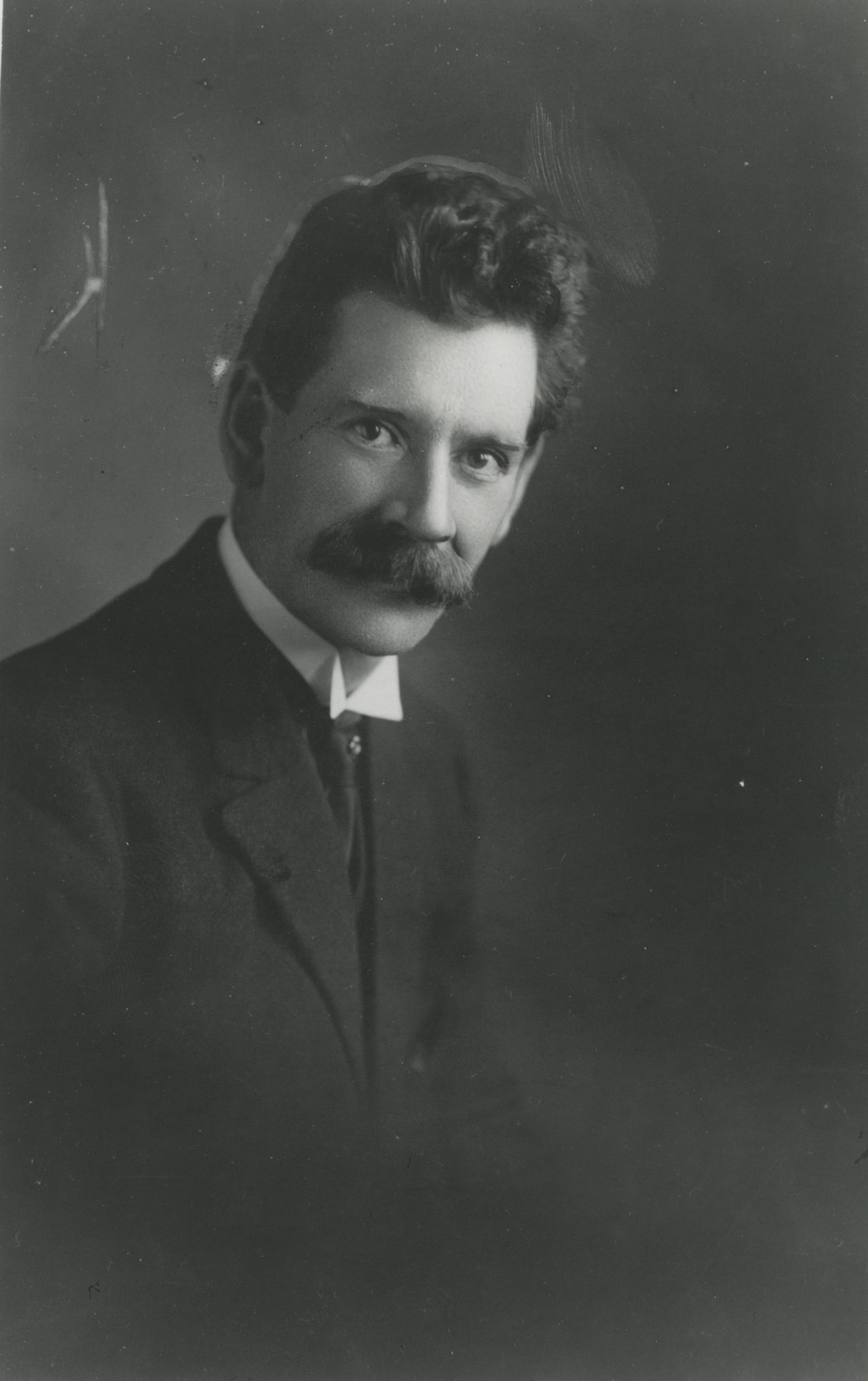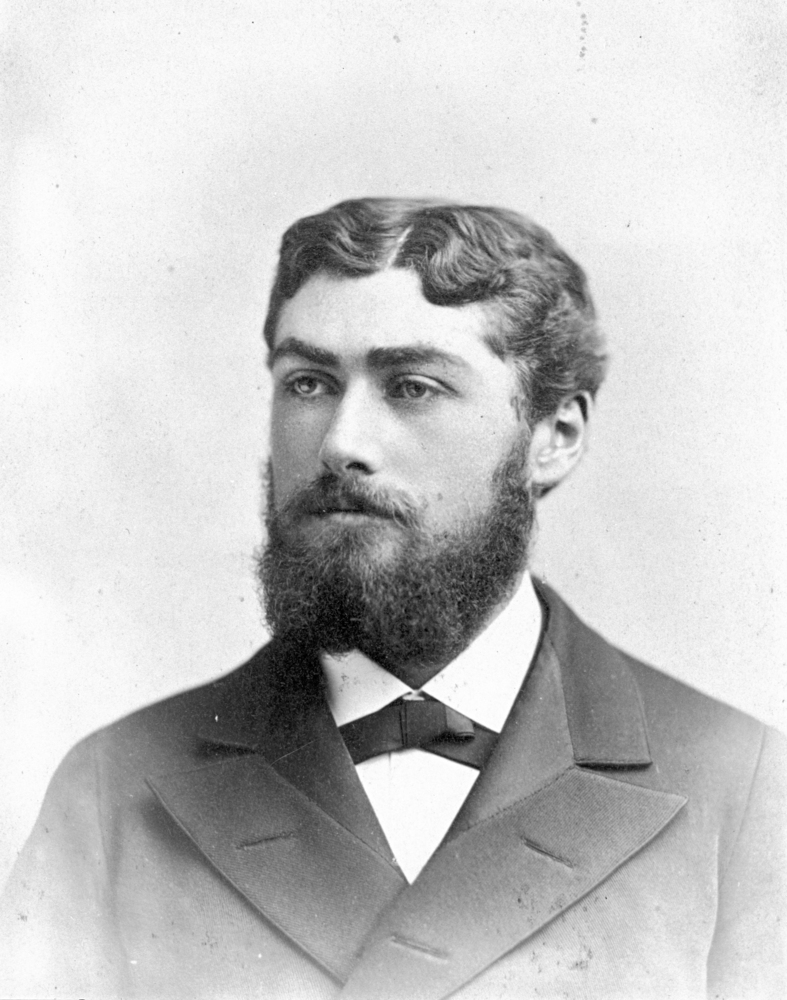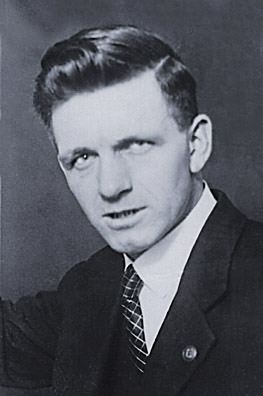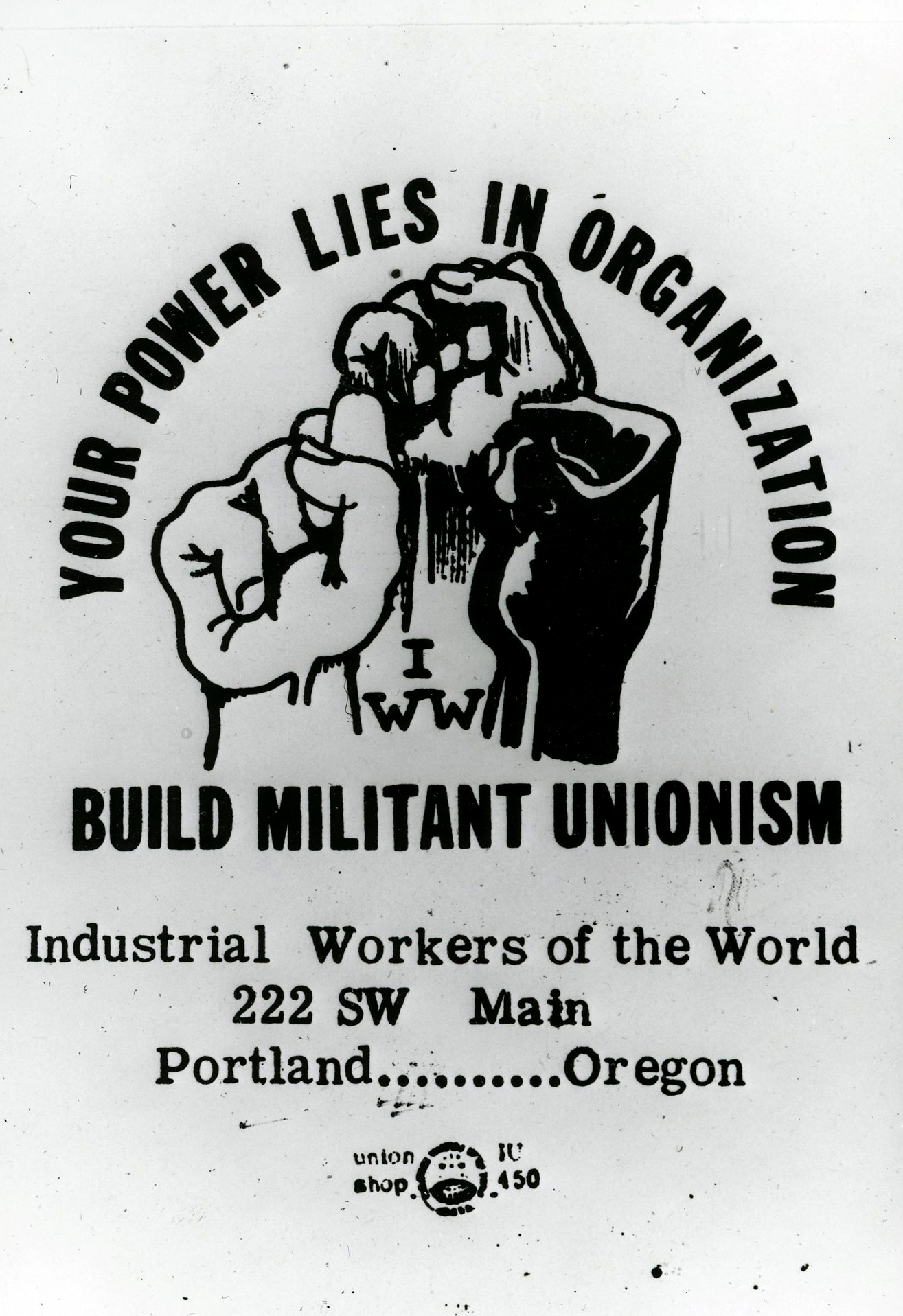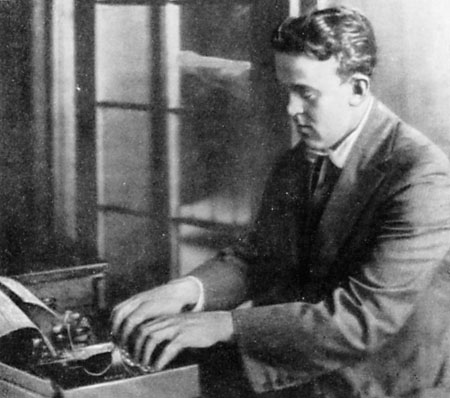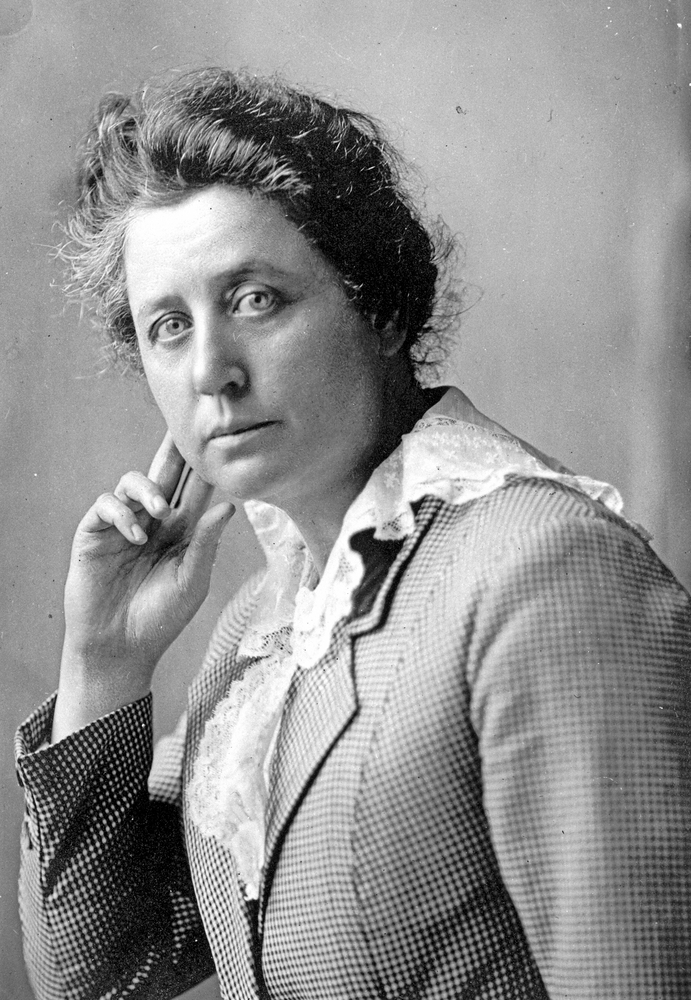In his fifty-two years in Oregon, Tom Burns threw himself into nearly every liberal movement of his time. His passions galloped from women’s rights to labor reform to socialism. He faced down Governor Oswald West on the lines of the 1913 women’s cannery strike, stood with the equally radical Dr. Marie Equi, and leapt into scores of conflicts with local authorities. Always, his goal was the betterment of life for working men and women. The source of his energy resided in his lodestar: “I always thought everybody should have enough, before anyone had too much.”
As a middle-class radical, Burns held a vital and somewhat protected place in Progressive Era Portland. His status as a small businessman allowed him to cross between the poverty of Portland’s North End into the business world of downtown, and his street corner lectures in the city ranged from praising the humanist teaching of Robert G. Ingersoll to pounding rants against Christianity. Eventually, Burns’ methods earned him the sobriquet “The Most Arrested Man in Portland.” Charges against him varied from "refusing to move on," while street speaking in his first arrest in 1905, to "disorderly conduct in the cannery strike." On many occasions, his pro bono lawyer was soldier, statesman, and bon vivant C.E.S. Wood.
He was born Thomas Joseph Burns on July 28, 1876, in Liverpool, England, and grew up in Dickensian slums. His father, the son of a chemical plant worker, was an Irish-Catholic who had moved to England for work. In the stark poverty of Liverpool, Tom Burns learned empathy for the poor and enmity toward the rich. Although his father envisioned his son a teacher, Burns turned to watchmaking, a career that allowed him to bounce from Liverpool to London to Australia. By 1905, he was in Portland, where he became a founding member of the local branch of the Industrial Workers of the World (IWW, or Wobblies) and secretary of the Oregon Socialist Party.
A diminutive gamecock who favored business dress, Burns was known as the Mayor of Burnside or as Burns of Burnside. He ruled from his watchmaking shop in the 200 block of West Burnside. Its basement library surrounded a table where nights of vigorous discussion featured the likes of U.S. Senator Homer T. Bone and writer Stewart Holbrook, as well as labor leaders and local journalists. Working men down on their luck often slept on the floor.
Holbrook recalled some odd visitors to the shop, including two leaders of the Oregon branch of the Ku Klux Klan in the 1920s: “When later I asked Tom what he, an avowed radical, had to do with the Klan, he muttered something to the effect that ‘the Oregon Klan is a very liberal Klan.’ I never heard a more confusing statement.” Burns knew Fred Gifford, Exalted Cyclops of the Portland Klan, from his days as a labor organizer in Portland, at a time when Burns was fighting for workers' rights. While Burns certainly welcomed anyone in his shop, his humanistic philosophy clashed directly with the Klan.
It was the window of his watch shop that most clearly telegraphed Burns’s interests. Handwritten cards ranged from perennials like “Read, You Mutt!” to topical rants about corporate criminals. Democratic Party activist Harry Morgan recalled that it was Burns who turned him to liberalism: “His windows were full of oddities and curiosities almost guaranteed to stop the passerby and give him a chuckle. But along with the chuckle the passerby would absorb, or be reminded of, some fact, insight or principle essential to a civilized understanding of the world he was living in.”
After World War II, age and infirmity slowed Burns, although he remained a fixture at his shop until the end. He died at his home in southeast Portland in 1957, leaving behind his friend of fifty years, Rita Lapp, and their daughter Elizabeth.
-
![]()
Tom Burns, 1914.
Courtesy Oregon Hist. Soc. Research Lib., Orhi77727, photo file 188
-
![]()
"Read, Think, Learn!" and "Read You Mutt" poster from Burns's shop window.
Courtesy Oregon Hist. Soc. Research Lib., Mss1101-1, box 1, folder 2
-
![]()
A Free Thinkers Library pamphlet, 1915.
Courtesy Oregon Hist. Soc. Research Lib., Mss1101-1, box 1, folder 2
-
![]()
Tom Burns winding one of his clocks.
Courtesy Oregon Hist. Soc. Research Lib., Oregonian, Orhi24098
-
![]()
Anti-Dewey, pro-FDR poster from the 1944 presidential election, likely posted in Burns's shop window..
Courtesy Oregon Hist. Soc. Research Lib., Mss1101-1, box 1, folder 2
-
![]()
An edition of The Harpoon, published by Tom Burns, c. 1927.
Courtesy Oregon Hist. Soc. Research Lib., Mss1101, box 4, folder 13
Documents
Related Entries
-
![C.E.S. Wood (1852-1944)]()
C.E.S. Wood (1852-1944)
C.E.S. Wood may have been the most influential cultural figure in Portl…
-
![Frank T. Johns (1889-1928)]()
Frank T. Johns (1889-1928)
Frank T. Johns of Portland was the Socialist Labor Party (SLP) presiden…
-
![Industrial Workers of the World (IWW)]()
Industrial Workers of the World (IWW)
The Industrial Workers of the World (IWW or "Wobblies"), founded in 190…
-
![John "Jack" Reed (1887-1920)]()
John "Jack" Reed (1887-1920)
Almost ninety years after his burial on Red Square in Moscow, John Sila…
-
![Ku Klux Klan]()
Ku Klux Klan
Fiery crosses and marchers in Ku Klux Klan (KKK) regalia were common si…
-
![Louise Bryant (1885-1936)]()
Louise Bryant (1885-1936)
Louise Mohan Bryant’s eight years in Oregon decided the direction…
-
Marie Equi (1872-1952)
Dr. Marie Equi was a fiercely independent Oregon physician who was enga…
Related Historical Records
Map This on the Oregon History WayFinder
The Oregon History Wayfinder is an interactive map that identifies significant places, people, and events in Oregon history.
Further Reading
Johnston, Robert. The Radical Middle Class. Princeton, NJ: Princeton University Press, Princeton University Press; January 2006.
Morgan, Howard. "Recollections of Tom Burns of Burnside." In A Richer Harvest: An Anthology of Work in the Pacific Northwest, ed. Craig Wollner and W. Tracy Dillon. Corvallis: Oregon State University Press, 1999, 156-60.
Morgan, Stewart. "Notes On An Old School Radical." The Call Number 20 (Fall 1958). Published by the Library of the University of Oregon.
Sleeth, Peter. "'Read You Mutt!' The Life and Times of Tom Burns, the Most Arrested Man in Portland." Oregon Historical Quarterly 112:1 (Spring 2011): 58-81.

